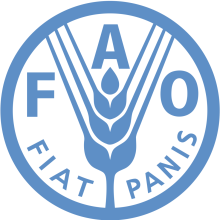Resource information
Following the widespread wreckage and loss of life caused by the Indian Ocean tsunami of 26 December 2004, unprecedented efforts where made to restore order and rebuild the lives and livelihoods of the millions affected. A proportion of the reconstruction and rehabilitation effort was focused on environmental rehabilitation and a part of this again on the rehabilitation of coastal trees and forests. Many programmes were implemented during the post-tsunami period to restore coastal trees and forests, and in particular mangrove forests. Early information suggested that extensive areas of forest had been destroyed by the tsunami. It later became clear that the area of forest destroyed by the tsunami was small in relation to that removed by human activity over past decades. Other information from a range of sources strongly suggested that coastal forests had afforded some degree of protection from the devastation caused by the tsunami. However, the effectiveness of trees and forests in shielding coastlines from tsunamis was later called into question. To assess and synthesize information on the protective functions of coastal forests, FAO organized a workshop on “Coastal protection in the aftermath of the Indian Ocean tsunami: What role for forests and trees?”. Workshop participants represented a wide range of disciplines including physicists and coastal engineers, disaster management specialists, government representatives and policy-makers, field-based practitioners, academics and international development workers. This report provides the proceedings of the workshop including technical presentations, outputs from the working group sessions and recommendations.


